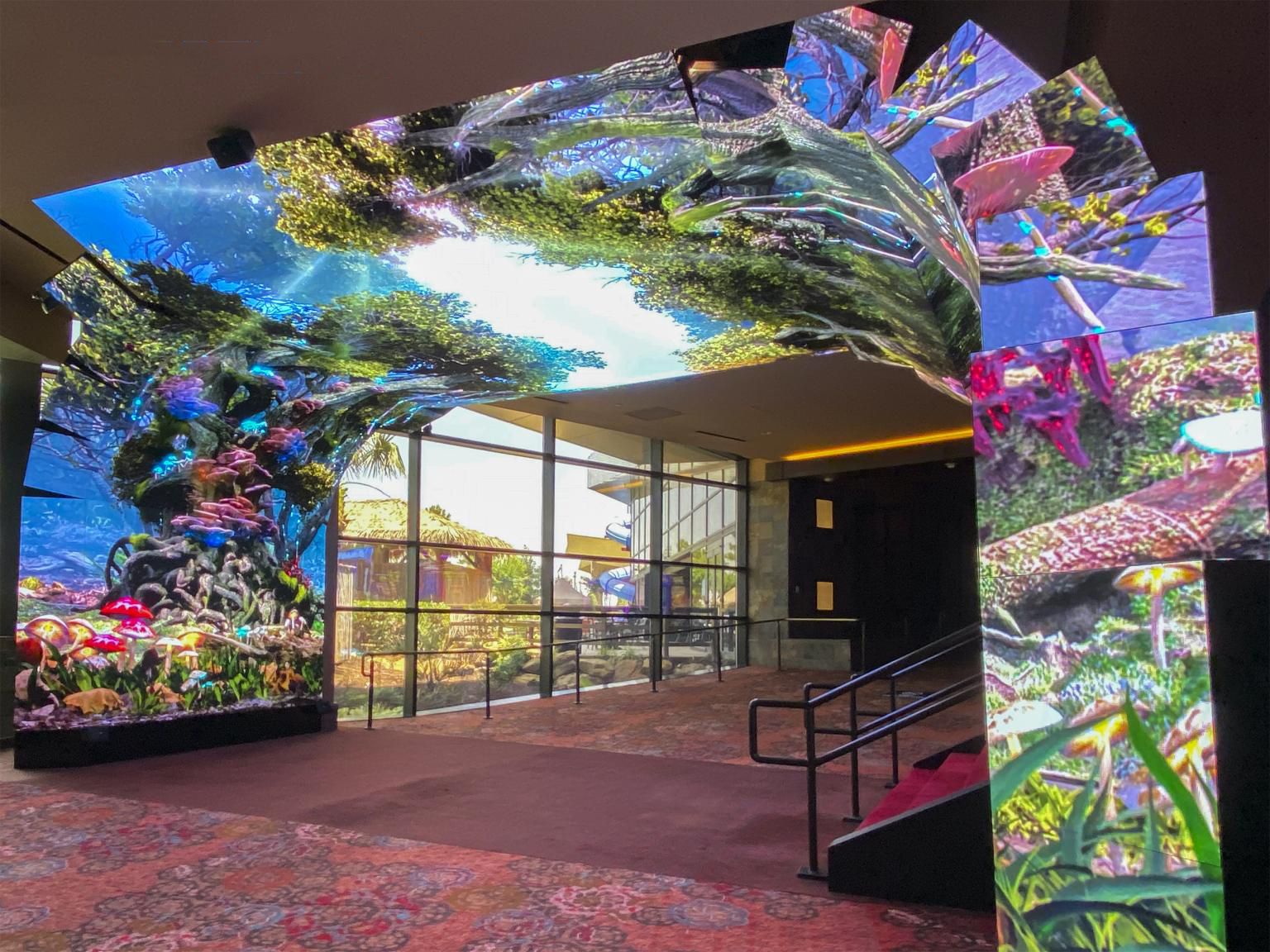LED display screen after decades of development, along the way, energy saving has become one of the biggest selling points of LED electronic display screen publicity, at the same time, it has increasingly become the focus of discussion.
At present, LED display is divided into monochrome, dual primary color, three primary colors (full color), four primary colors (RGB + yellow y) and five primary colors (RGB + cyan G + yellow y). Most of the commercial advertisements use three primary color full-color display, four primary color in view of the less cost, five primary color is still in theory.
The light-emitting material of LED display is energy-saving. However, LED display is usually used in occasions with large display area requirements, ranging from tens of square meters to thousands of square meters. With long-time operation and high brightness playback, the power consumption should not be underestimated. In 2015, I saw a report on the power consumption of LED display in the news of LED display. Based on the standard that the average power of outdoor p16 display is 272w / m2, the daily consumption is 14 hours, and the total area is 12 million m2, the annual power consumption of outdoor display in China is about 16.7 billion kwh. In 2014, the annual power generation of the Three Gorges dam was 98.8 billion kwh, and the daily power generation was about 270 million kwh. The annual power consumption of 12 million square meters of outdoor LED displays is equivalent to about 60 days of power generation of the Three Gorges Dam, equivalent to about 8.5 million tons of raw coal consumption and nearly 17 million tons of carbon dioxide emissions.
Let’s not discuss whether such a calculation is biased, but it is not difficult to see from the lines that every enterprise in the industry still has a lot of room for growth in energy saving of LED display.
